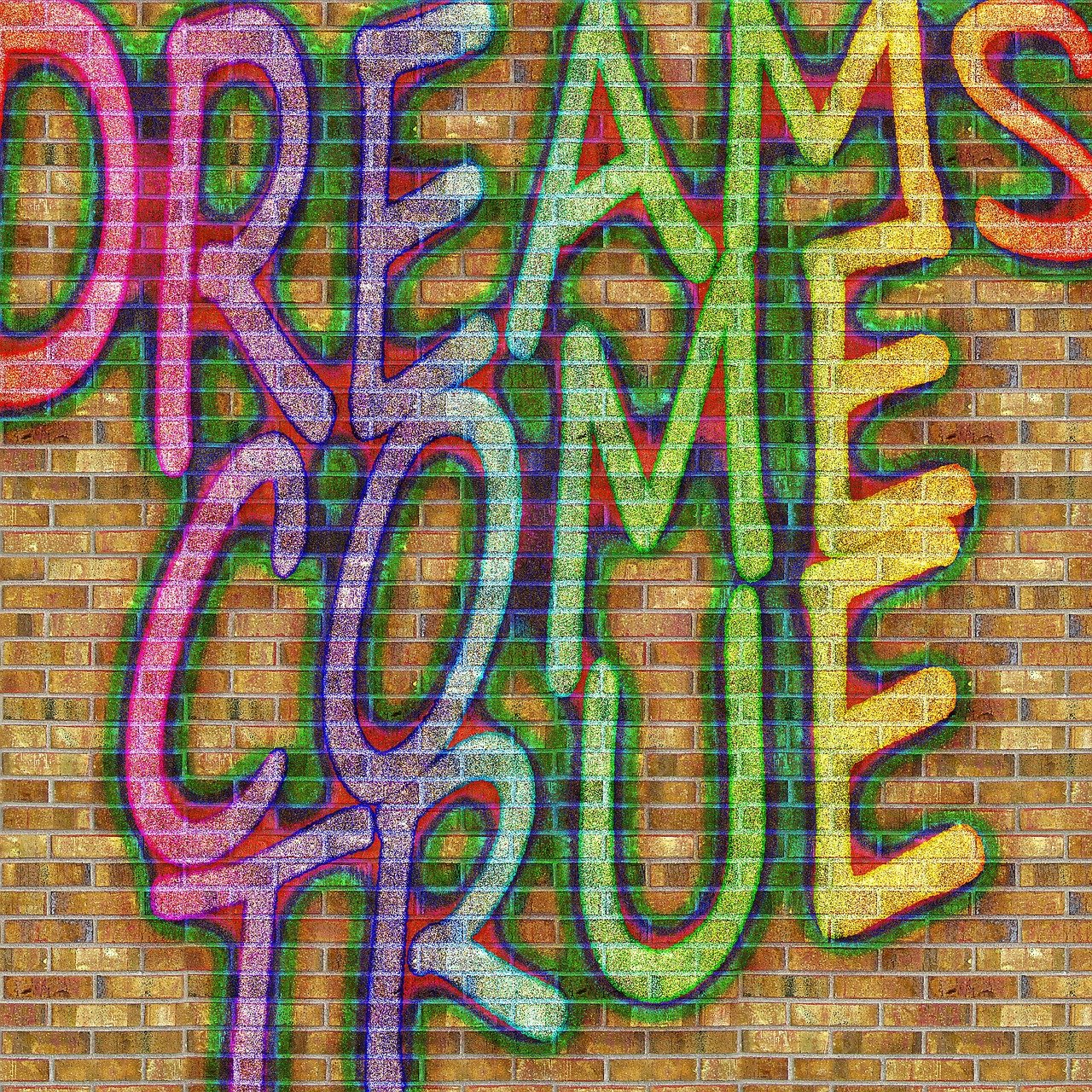
In any profession or career, some employees lag the performance of their peers. It turns out that radiology residency is no different from any other job in this respect. The key, however, is that the employer can identify the struggling worker or that the employee can recognize that he or she is struggling. It is only when this process happens that interventions can occur. Also, this process of identification needs to be early and effective. The radiology program’s goal is to help these residents along as soon as possible to allow rapid and more effective remediation. Early remediation can prevent a struggling resident’s further downward spiral that could lead to probation, suspension, or even worse, job loss. On occasion, there is no effective remediation for specific individuals, but that is instead the exception rather than the rule.
No matter how you slice it, the loss of a resident is devastating for both the radiology program and the radiology resident alike. So, my goal for today’s discussion is to help the individual struggling radiology resident and prevent him from going down this pathway. We will discuss how to identify oneself as struggling, what you can do to intervene before more severe repercussions, and how to deal with your attendings and colleagues when you are the “struggling resident.”
Self Identification
As is said, you cannot fix a problem unless you know a problem exists. So, self-identification of oneself as struggling becomes crucial. Some residents know from the very beginning that they are having difficulties and have good insight into their situation. Others may be having challenges but are not aware. Additionally, sometimes the feedback that residents get from attendings, technologists, nurses, and administrators can be different from the truth and outright misleading. Given that radiology residents tend to have limited responsibilities during their first year of residency, this issue is more likely to go unnoticed during this first formative year of residency. So, we will first talk briefly about some indicators that you are struggling during residency.
I will also classify the reasons for the struggling resident as either academic or professional, to simplify and organize the discussion. Let’s first start by discussing some of the indicators that a resident may be struggling in academics.
How to Know If You Are Struggling Academically
Noon Conference and Readouts
Noon conference can be an excellent time to discover your position relative to your colleagues. If you notice that you are unable to answer questions that your colleagues quickly answer consistently, that can be a red flag. If you have a hard time describing or making a finding on studies geared to the first-year resident, you may be struggling. Or, if different attendings become consistently frustrated with your answers while giving the noon conference, you may want to consider that you are having difficulties.
Readouts with your attending may help to determine whether you are struggling. Are you able to answer routine questions appropriately? Is an attending that typically accepts resident dictations re-dictating everything you write? Is your supervisor frustrated with you? Do your attendings provide you with some sense of independence during procedures similar to others in your program? These are some hints that all may not be quite right.
Call
Next, think about your experiences on “buddy call.” Do you feel comfortable going over films with your colleagues, attendings, and other clinicians? Is there a sense of frustration from these people with your reads? Are attendings not satisfied when they find out they are on call with you?
Feedback and Exams
How about feedback and evaluations? Is the feedback you receive from attendings routinely negative. Are milestone evaluations always below par? Do you receive comments from attendings that are uniformly negative?
You might think that the in-service exam or Radexam would also be a useful metric of resident performance. It turns out that as an associate program director, I put much less faith in academic evaluations based upon the in-service examination as a sole means of assessment. I have found a weak correlation with resident academic performance. So as a resident, I would put less stake in this form of self-assessment. However, in combination with the in-service exam, if you are underperforming in other residency-based quizzes or examinations, this can be an indicator of real academic issues.
How to Know If You Are Struggling Professionally
This area can be harder to recognize for a struggling resident. Many don’t realize they have a problem until it’s too late. But, we will go through some examples that you may be able to self-identify.
Absences
Absences, in its many forms, is a leading indicator of professionalism based struggles. Are you routinely late to conferences and readouts, and do you sense the frustration in others? Do your colleagues too often have to cover for you because you are not available? Have you been cited multiple times for missing conferences or required meetings?
Conflicts
Conflicts with classmates and colleagues can be an indicator of professionalism struggles. Are there routine yelling matches with your fellow residents? Do your colleagues not want to help you out with call coverage, studying, or other everyday residency issues? Are you routinely fighting with the secretaries, nurses, technologists, or even attendings?
Substance abuse
Substance abuse is all too common a cause for having a problematic residency. Take a serious look at your habits and if they may be genuinely affecting your performance. Are you routinely using alcohol or other illicit substances?
Organic causes
Chronic disease can be a cause of day to day residency struggles. Cancer, hepatitis, infectious diseases are all problems that can cause fatigue and difficulty with concentrating on a long shift.
And of course, there are psychological issues such as depression, anxiety, schizophrenia, and more. These issues are more likely to go unnoticed by the afflicted resident. But some residents, already diagnosed with these disorders, may have better insight. These residents need to take a hard look and see if these problems are affecting their residency performance.
Self-interventions
The next step in the process is to figure out how to remedy the situation before more significant repercussions. If you know your issues are academic or professional, you can certainly take measures to stem the riptide. We will go through several of these avenues.
You’ve decided that you are struggling academically. What do you do? The next step is taking a realistic assessment of why you are having difficulties. For some people, it may be the quantity, and for others, it may be the quality of their studies.
Quantity of Learning
Having been through the residency process and supervising many residents over the years, I have learned that radiology is a reading-intensive specialty. Moreover, to increase one’s knowledge base, a resident needs to create a means to cover all the essential and relevant topics within the residency program. So, the first question is: on what do you base your study schedule? Some residents will use the curriculum guidelines from their residency program. Others will split the ABR core exam topics into bits of information that they can review. Even others may use STATDx/Radprimer to guide their studying. The bottom line is that you need to find some guidelines that will allow you to cover all the topics that you need to know.
The second question: have you created a schedule that allows you to cover the critical topics during residency. And what are some options for the resident? Many residents don’t realize the amount they need to learn to become a proficient radiologist. A schedule, therefore, becomes very important for the struggling resident. Plans can vary from one person to the next. Some people do better with studying for short blocks of time. Others prefer to slog it out for a long block at once. It doesn’t matter how you complete the necessary work, whether you take 2,3, or 4 topics per evening, but the work needs to get finished. A regimented schedule will allow you to get through the appropriate information for each rotation.
Quality of Learning
The next step is to assess if it is how you are studying, that is the problem. Some residents read for hours every night, only to find that their knowledge base is not to par. You would think that by the time one gets into the radiology specialty, they would have a method for studying well. But, that is indeed not the case for many residents. Studying and reading for the radiology resident is different from studying for medical school classes and the boards. Radiology emphasizes pictures. Medical schools emphasize words.
So, if you are genuinely studying for hours at nighttime without meaningful results, try learning differently. I would recommend emphasizing reading the pictures and captions within a book over the general text. Many residents do not realize they need to do this to be a more effective radiology student.
Pictures/Case Series
You may also want to explore case review series over general text reading. Again pictures are the center of the radiologist’s world. I find that a general text helps more when you have experienced a case firsthand during the daytime and want to find out more. On the other hand, a case image with text is more similar to the radiologist’s day-to-day work and will allow many residents to digest the information better.
Discovering Learning Disabilities
There is one last item that I want to bring to light. On occasion, a radiology residency may make a learning disability evident. Because radiology is different from other subspecialties and the methods for studying differ from other areas, some residents have problems with the transition. Some residents have issues looking at a picture and translating it into findings and conclusions. Radiologists do not usually test for this before beginning radiology. If you think that this may be your situation, it behooves these residents to consider psychological testing to find a more effective means of studying. Dollars spent to solve this issue now if you do have a learning disability may pay back itself in spades later on.
Fixing Professionalism
Professional issues and their solutions can vary widely. It may be as simple for the absentee resident as creating and sticking to a schedule to make sure you attend all the important events on time. If you are in constant conflict with your colleagues, you may need to learn to relate to others better, and that may involve sharing more or not taking everything to heart. On the other hand, maybe the conflicts are connected to other pressing issues such as substance abuse or health problems.
The critical thing to remember: there are many sources of help for the radiology resident. Whether it’s your colleagues, attendings, program directors, chairman, the Physician Assistance Program, a psychiatrist, or other individuals, there is someone at your program that can support you. It is crucial to talk to someone if there is a professionalism issue that you need to address. And, there is always help if the situation becomes unbearable.
How to Deal With Attendings and Colleagues If You Are Struggling
OK. So you have identified that you are struggling, and you have created the means to remedy the issues effectively. The next problem is that you may have created an environment where your colleagues’ expectations are so low that it may be challenging to defy their expectations. I like to describe this as the “vicious circle.” Your faculty will now scrutinize everything that you do, much more so than your colleagues. And, even though your performance may improve, they may not recognize the improvement. Unfortunately, they may still perceive you as below par. This “vicious circle” is probably the most challenging part of being an underperforming resident. So, what do you do at this point?
I would recommend continuing with the remediation program at hand. Healing a reputation takes not a few days or months. Instead, it can take years. Eventually, your effort will be recognized, but not without a lot of work and effort. You will have to suffer through some of your attendings and colleagues’ expectations until they realize you are a capable resident. This process takes grit and determination. You are going to have to ignore the expectations of others and create expectations for yourself. Eventually, you will notice a change in how they treat you, but remember, it will not happen overnight.
Summary
Radiology residency is a big transition for most residents, and some may struggle at the beginning academically or professionally. If you are struggling at this time in your life, don’t let these shortcomings define you. The measure of greatness is overcoming obstacles such as completing a radiology residency, a significant achievement. Struggling radiology residents often become radiology attendings with greater empathy for others’ struggles and can become the most successful radiologists!











